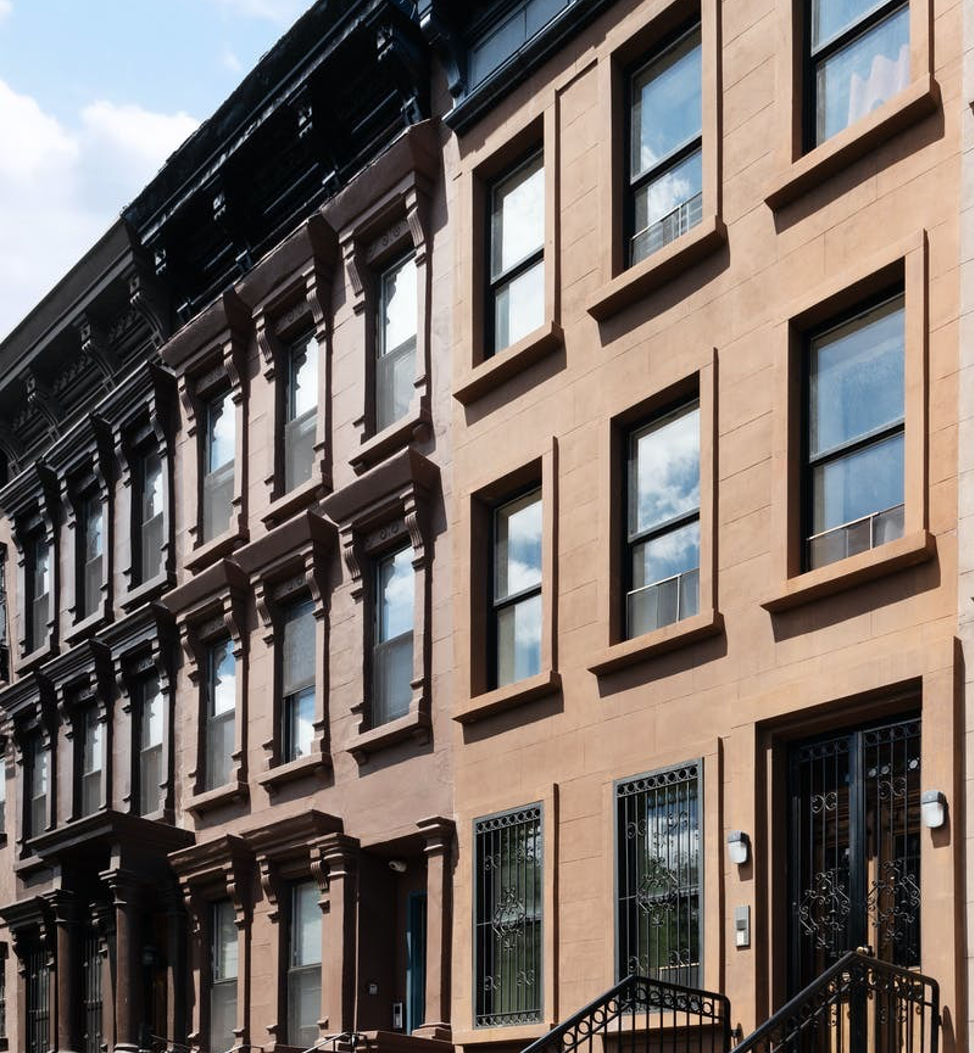When the World Health Organization declared the novel Coronavirus (COIVD- 19) a global pandemic, on March11, 2020, every aspect of American’s lives were affected in one way or another. While no one really knows when the pandemic will end, or even when a vaccine will be approved and widely available, previous economic recessions have taught us key indicators to look out for, as signs that the economy and the housing market is rebounding. Below, we will discuss the five key indicators.
- Flattened Curve
The first indicator of a housing market rebound is when new cases of COVID-19 consistently decrease across the state (and country). In the Wuhan Province, where the virus was the first discovered, it took a little over 2 months for the residents to flatten the curve, and that was with very strick lockdown guidelines.
For all intents and purposes, it appears that after three months, New York State and City have done an excellent job of flattening the curve. With the states’ increased testing capacity and strict stay-at-home orders, New York State has been able to lower its new cases, new hospitalizations, and COVID-19 related deaths to the lowest point since the pandemic began.
- End of Stay-at-Home Orders.
Likewise, another sign that the economy and housing market is on the road to recovery is the lifting of stay-at-home orders. Fortunately, in New York City, this process began on June 8, 2020.
Before the COVID-19 pandemic, the economy was robust. Job growth was steady, and the housing market was particularly hot, trending above most expert’s 2020 projections.
In any event, as states and cities across the country, start lifting the stay-at-home orders, it is projected that the economy and the housing market will rebound to some extent.
- 10-Year Yield Goes Above 1%.
Significant changes in the bond markets were essentially signs of our impending financial decline and will be the beacons for our recovery. The 10-year Treasury yield is used as a measurement for other financial matters like mortgage rates, which is why they are followed closely by investors. The Treasury bill is a financial certificate for a loan to the federal government. Treasury bills can mature in 3, 6, or 12 months. Treasury notes can mature anywhere from one year to 10 years, and Treasury bonds mature in 10 years or more. Overall, treasury bonds are fully backed by the U.S. government and are viewed as one of the safest investments that investors can make.
When bonds are sold at auctions by the government, this typically signals investor confidence. As such, when confidence is high, the price of bonds drops, and the yields increase because investors exploring higher returning investments. However, when investor confidence is low, the price increases, and there is a higher demand for safer investments and yields fall.
Currently, the 10-year yield is at 0.71%, which means that for Q3 and Q4 of 2020, the yield will likely increase.
An early indicator of financial recovery is when the 10-year yield reaches above 1%, particularly if it got above 1.33%. Ideally, a 10-year yield between 1.33% and 1.6% is ideal.
- Hard Hit Industries Slowly Recovering
A few of the hardest-hit industries will show recovery initially since the declines were so drastic.
Particularly the travel, restaurant, hospitality industry, and rideshares industry are some areas to will show recovery almost immediately once stay at home orders are lifted. As more people return to their (new) normal lives, those hard-hit industries will indeed be the first to show some signs of recovery.
As for real estate purchase applications, we can likewise expect applications to rise, as things calm down and potential buyers get more comfortable with the market conditions.
- A Decrease in Credit Stress and Jobless Claims.
Mainly related to hard-hit industries recovering, when credit tension and unemployed claims start to fall, this is a strong indicator that the housing market and economy are recovering.
At the peak of the pandemic, the country’s unemployment rate and jobless claims reached record highs. If more people continue to lose their jobs or be furloughed, the real estate market will continue to struggle. However, the converse is also true, as more industries open back up, and new jobs are created, the housing market will indeed begin to grow again.
While it is true that some sellers have decided to take their property off the market amid the COVID-19 pandemic, others have been pushing to get their homes sold. Particularly, those homeowners who are struggling financially and require access to cash fast and/or can no longer handle the financial burden of homeownership. As such, some buyers may be able to capitalize on some good deals in the market.
Schedule a call with me here if you have any interest in obtaining a complimentary valuation for your home or buyer consultation.
Connect with me on Linkedin or Instagram for more information on the townhouse and multifamily market.
Authored by: Stanley Montfort
To see townhouse inventory, click here.




